Toyota Prius Mk3
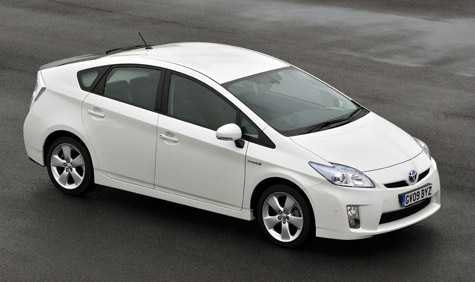
The cultural history of the Toyota Prius is an object lesson in how to soften up consumers and get new tech into the marketplace.
Easily the most famous hybrid car in the world, a position attained by the twin prong strategy of being first and being persistent, the Prius is now in its third incarnation.
On sale in Europe from Autumn 2009, Prius Mk3 builds upon the buzz of the first two cars, enhancing the efficiency of Toyota's hybrid drive system and generally fleshing out the look and feel so that – to all intents and purposes – the Prius acts no differently from a conventional car.
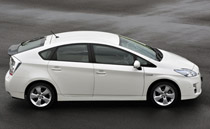
This last point is crucial. While the first Prius of 1997 was visually bland it garnered attention thanks to the high-profile list of celebrity owners. By the time the second generation car broke cover in 2004, the company had coaxed its design team into slightly more self-expression, in the process creating the 'hybrid style' most recently aped by the Honda Insight. Prius III is more of the same, bulbous rather than sleek, but with a faint echo of old-school American futurism in its swooping lines and large lamp glasses. It's as if we're getting very late deliveries of a future promised a half century ago.
Features
Inside, the cabin is airy, although fixtures and fittings are lightweight (the doors shut with a metallic 'sproing' that implies cost, rather than weight, efficiencies). The dashboard is far less confusing than the earlier cars, condensing the complex inner workings of the car into an easy-to-read display. In a nutshell, the Prius’s Hybrid Synergy Drive has a petrol engine supported by a bank of batteries, which are charged through kinetic energy generated by braking. At rest, the engine switches off altogether, and the latest model also offers an 'EV' mode that allows the car to coast along on electric power alone, albeit at limited speeds and very limited range. While keener Prius prodders managed to hack second-generation cars to perform a similar function, the superior hybrid tech and better batteries in the new car make this eerily quiet electric mode a genuinely futuristic experience.
Receive our daily digest of inspiration, escapism and design stories from around the world direct to your inbox.
Fuel efficiency
The real-world advantages of ultra fuel efficiency are plain to see; it's easy to understand why people become 'hypermilers', that subset of West Coast hybrid geeks who devote their time to extracting every last inch from each drop of gasoline. For this is a machine that rewards smoothness and deliberate, methodical driving. There's something supremely satisfying about ramping up the high mileage stats; equally, you can understand why the car's detractors accuse Prius drivers of being smug.
Conclusion
It's also important to note that this mid-size car isn't exactly a nippy city machine: it's not an urban car, but a suburban one. Perhaps in American terms - the Prius's largest market - it feels small, but in densely packed Europe the car offers no real advantages in terms of parking or manoeuvrability. Ultimately, however, none of this matters. The Prius is an utterly practical, discretely designed and easy-to-use machine, one that delivers some of the very lowest CO2 figures on the market, as well as all-important exemption from London's congestion charge. The Prius continues to push gently at our perceptions of what an everyday car should be, implying that the ongoing revolution in automotive technology will be a velvet one.
Jonathan Bell has written for Wallpaper* magazine since 1999, covering everything from architecture and transport design to books, tech and graphic design. He is now the magazine’s Transport and Technology Editor. Jonathan has written and edited 15 books, including Concept Car Design, 21st Century House, and The New Modern House. He is also the host of Wallpaper’s first podcast.
-
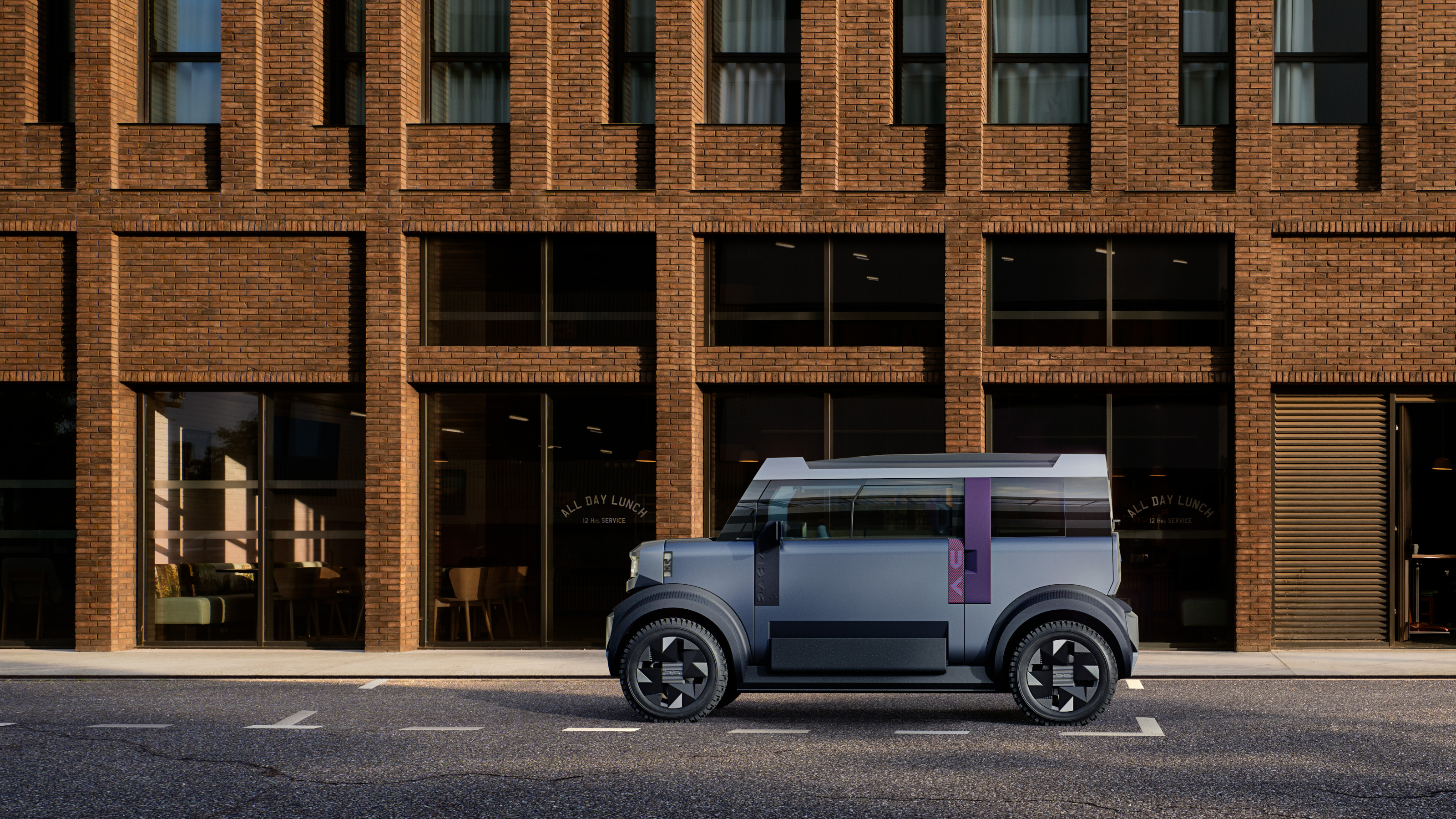 Year in review: the shape of mobility to come in our list of the top 10 concept cars of 2025
Year in review: the shape of mobility to come in our list of the top 10 concept cars of 2025Concept cars remain hugely popular ways to stoke interest in innovation and future forms. Here are our ten best conceptual visions from 2025
-
 These Guadalajara architects mix modernism with traditional local materials and craft
These Guadalajara architects mix modernism with traditional local materials and craftGuadalajara architects Laura Barba and Luis Aurelio of Barbapiña Arquitectos design drawing on the past to imagine the future
-
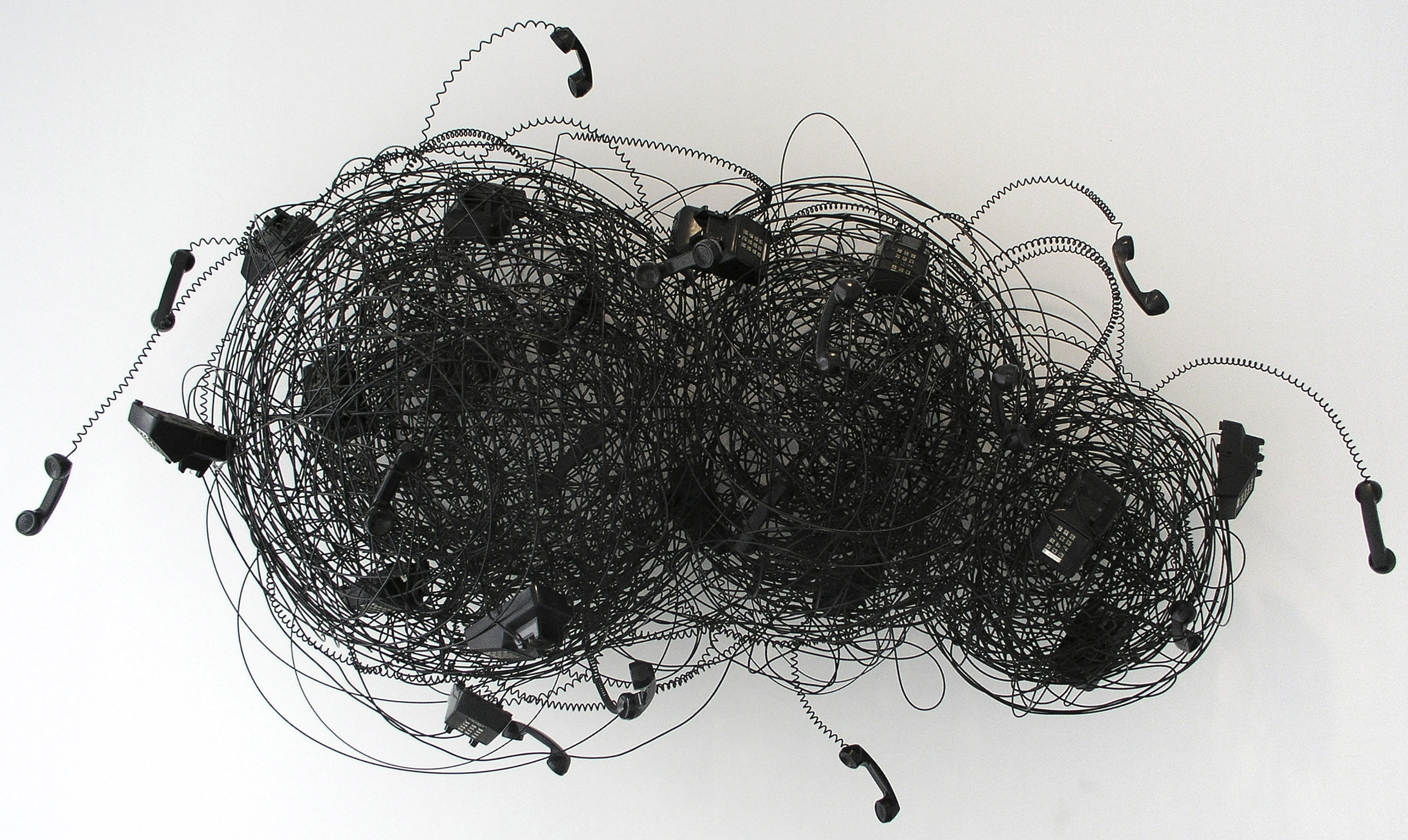 Robert Therrien's largest-ever museum show in Los Angeles is enduringly appealing
Robert Therrien's largest-ever museum show in Los Angeles is enduringly appealing'This is a Story' at The Broad unites 120 of Robert Therrien's sculptures, paintings and works on paper
-
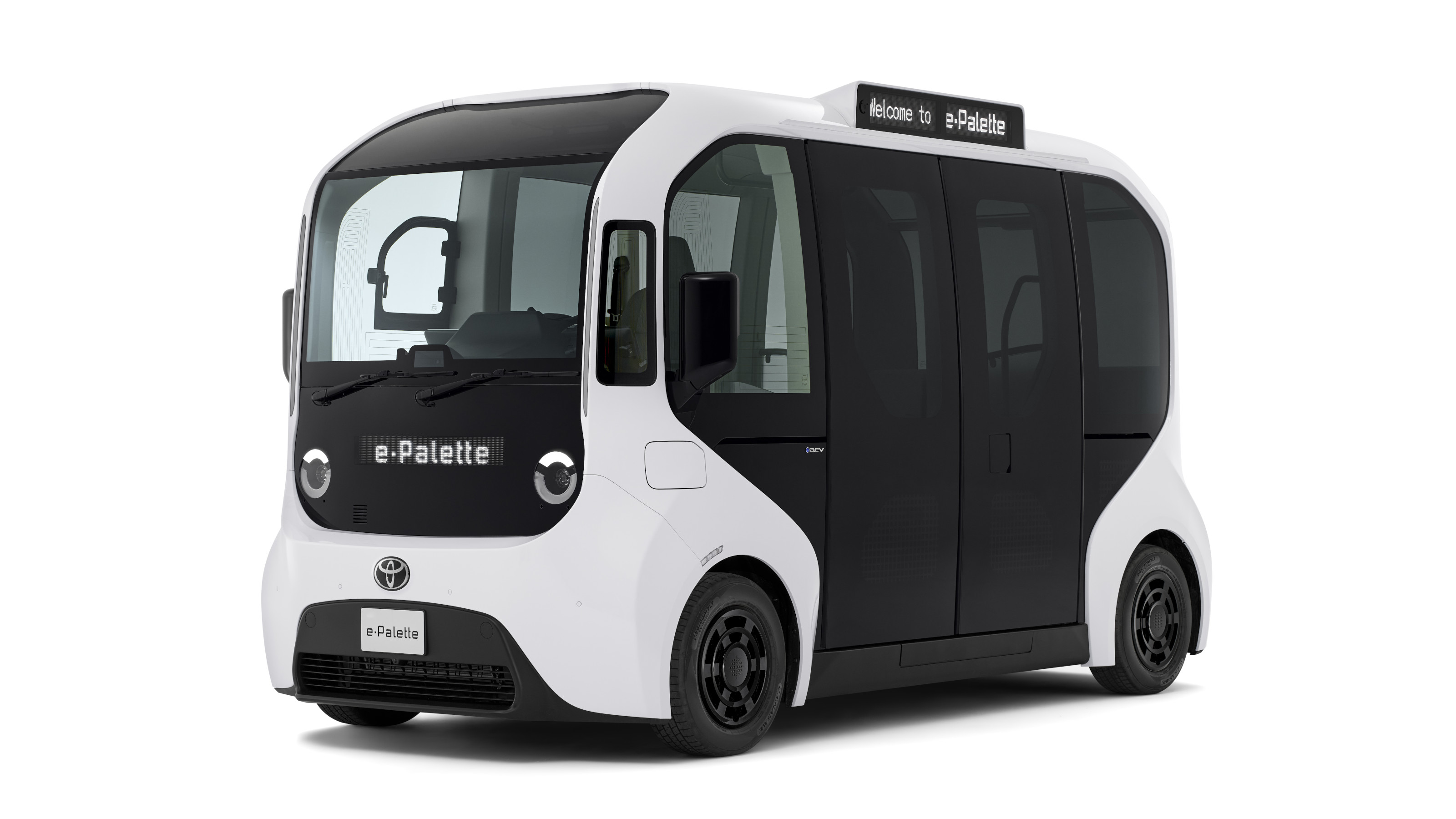 You can now buy Toyota’s robotised micro-bus, with more autonomy coming soon
You can now buy Toyota’s robotised micro-bus, with more autonomy coming soonThe Toyota e-Palette is the urban transport of the future, a multifunctional autonomous vehicle designed to cover several roles in the same day
-
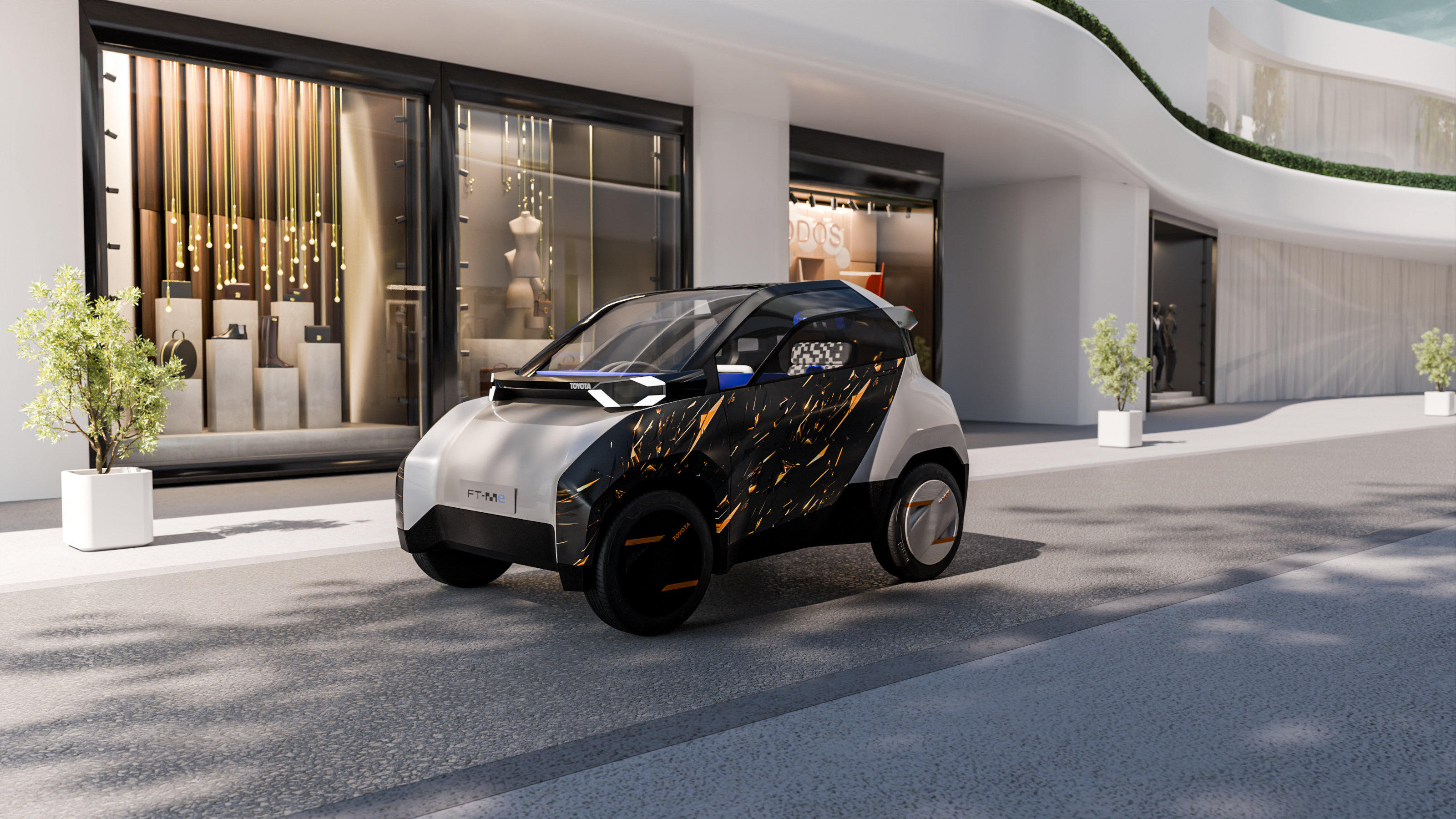 With the FT-Me Concept, Toyota is thinking big about the power of micromobility
With the FT-Me Concept, Toyota is thinking big about the power of micromobilityWe talk ultra-compact city cars with the head of New Mobility at Toyota Motor Europe
-
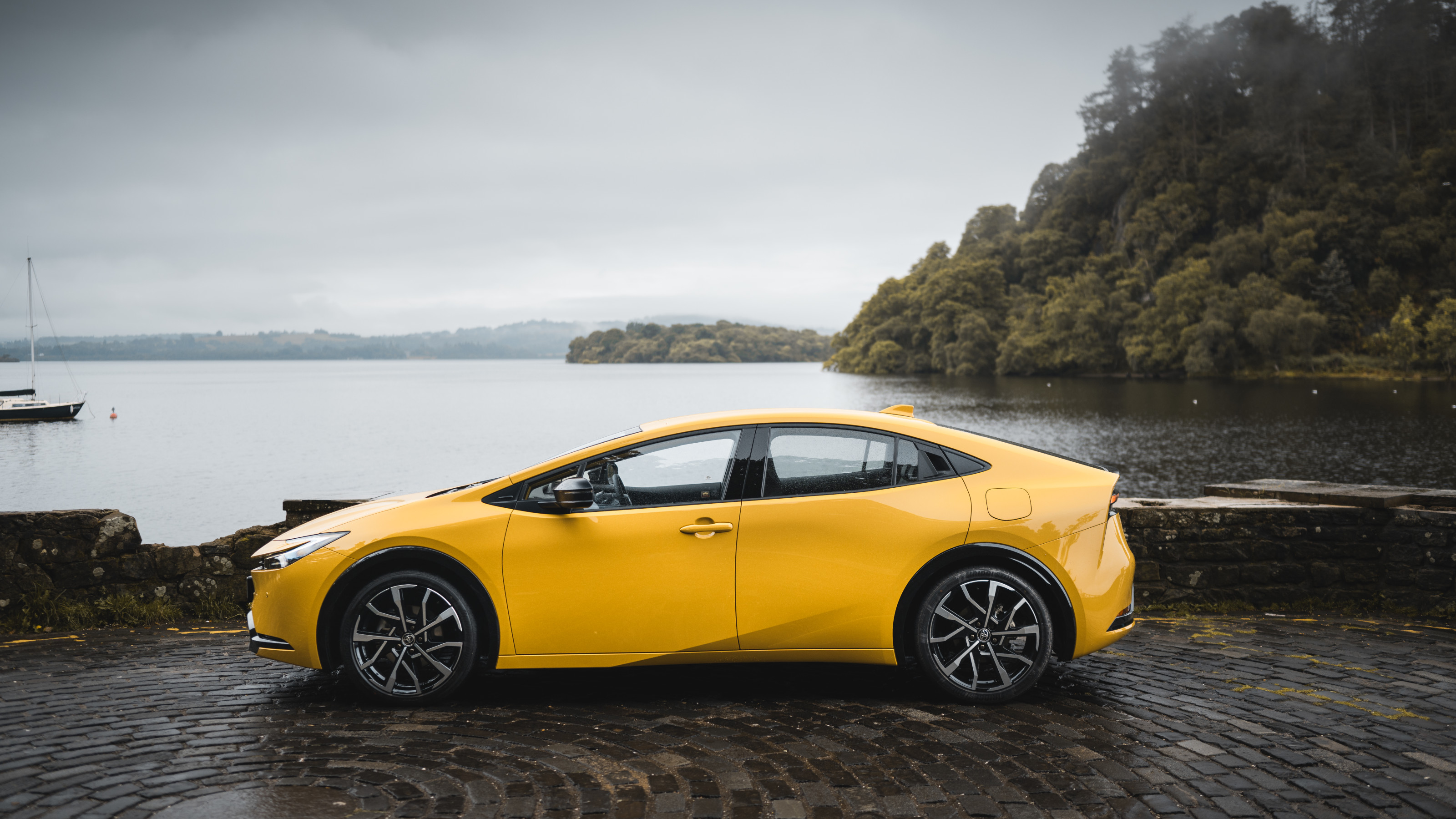 Why the Toyota Prius is the stealthiest and most discreet automotive choice you can make
Why the Toyota Prius is the stealthiest and most discreet automotive choice you can makeThe billions that Toyota poured into hybrid development has paid off. We sample the stylish fifth-generation Prius and reckon it’s the best yet
-
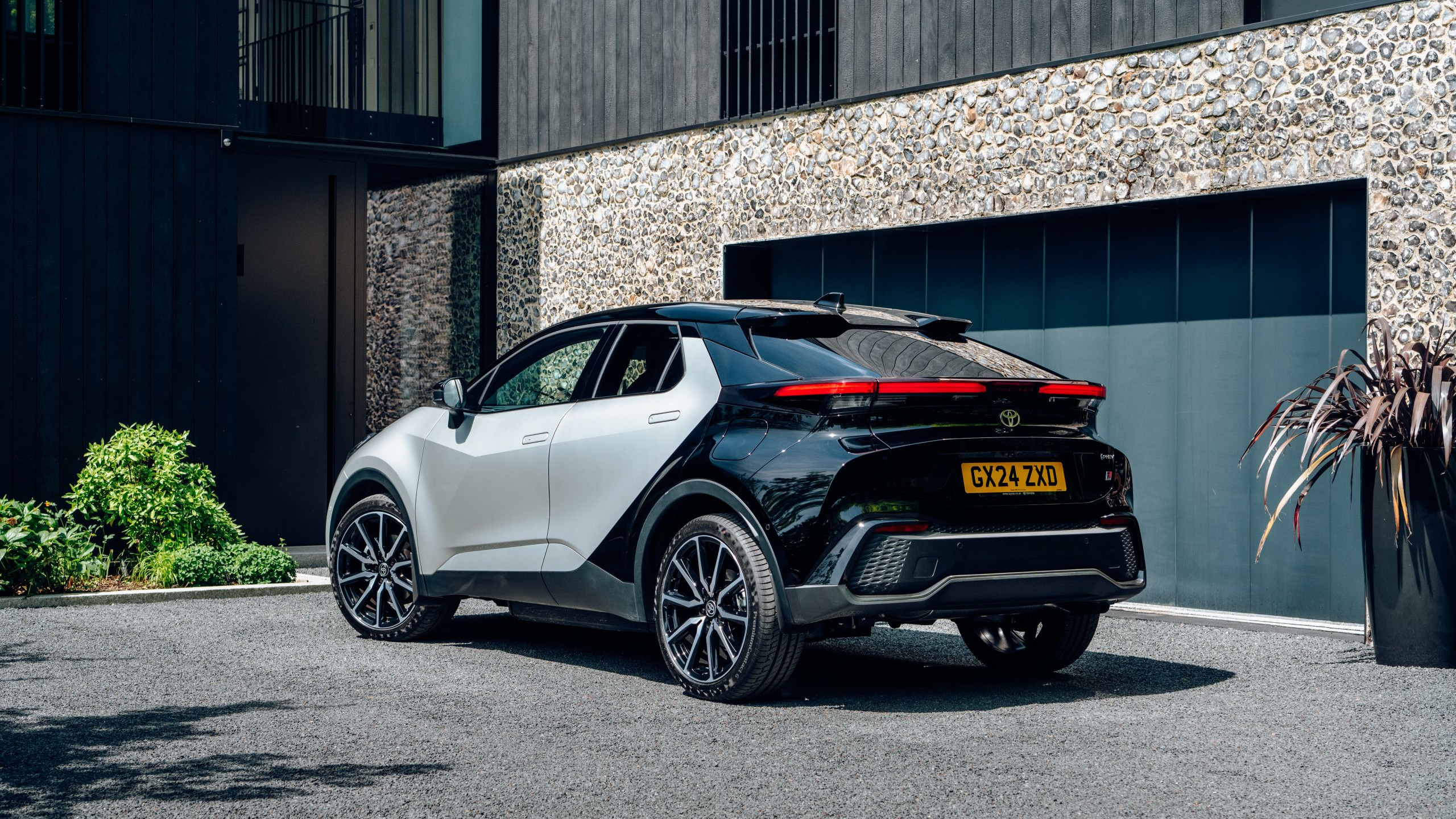 Quirky but quotidian, Toyota’s C-HR has brave looks but is a risk-free proposition
Quirky but quotidian, Toyota’s C-HR has brave looks but is a risk-free propositionToyota’s oddball C-HR might have concept car looks, but it’s still a rigorously engineered machine for those who like their cars to be solid, safe and reliable
-
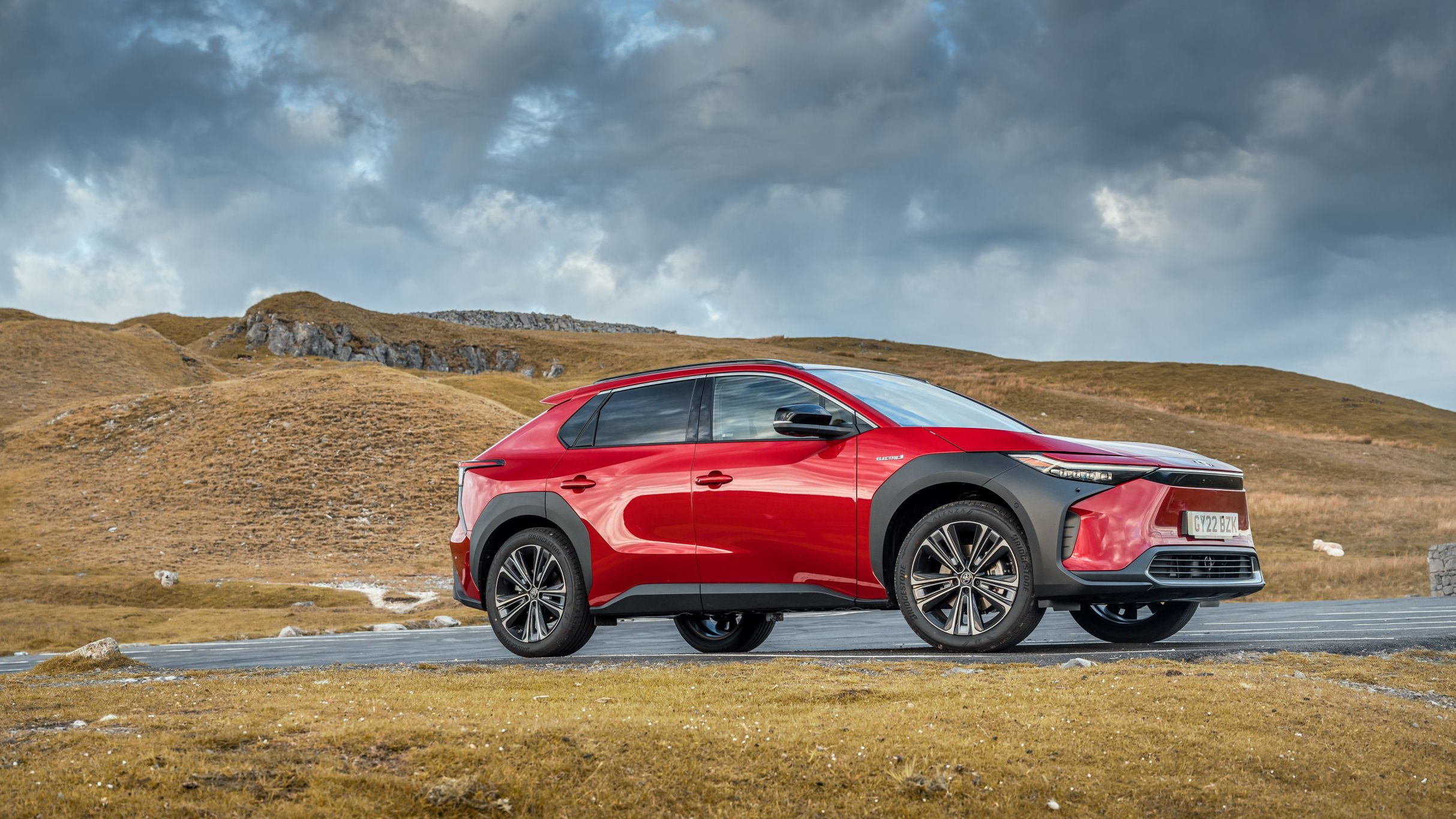 Toyota bz4X SUV is the marque’s first pure electric vehicle
Toyota bz4X SUV is the marque’s first pure electric vehicleThe Toyota bz4X is our first chance to explore how the long-standing masters of mass automobile production make an EV
-
 ICON celebrates 500 custom Land Cruisers with epic 1964 New School Edition
ICON celebrates 500 custom Land Cruisers with epic 1964 New School EditionLos Angeles-based ICON transforms classic off-roaders into paragons of contemporary style and performance. This is the 500th Land Cruiser the workshop has completed
-
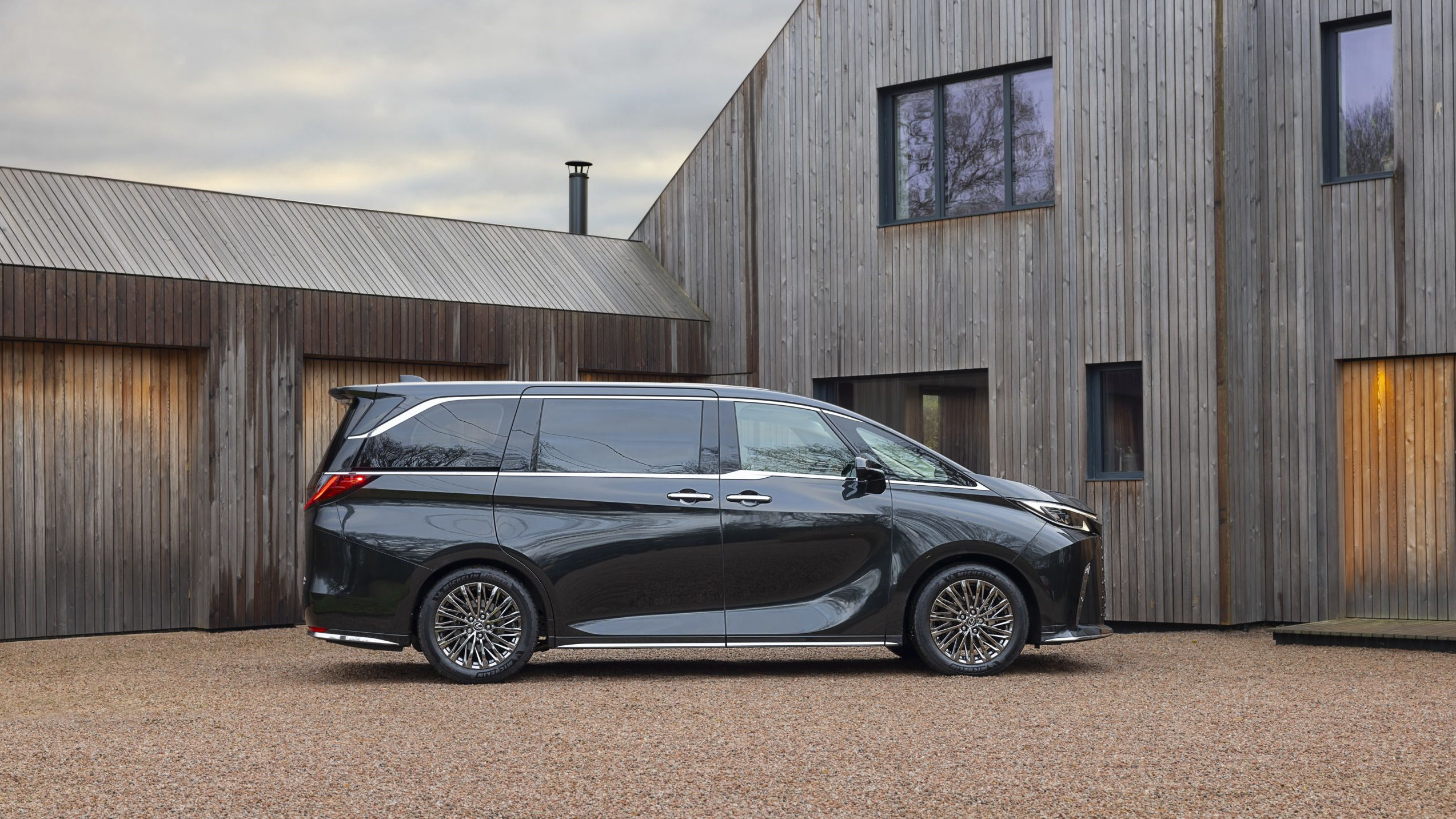 Lexus LM wants you to have the back-seat ride of your life
Lexus LM wants you to have the back-seat ride of your lifeThe back of the Lexus LM has the space, grace and accoutrements to rival a Rolls-Royce. Can this upscale minivan reinvent the luxury car?
-
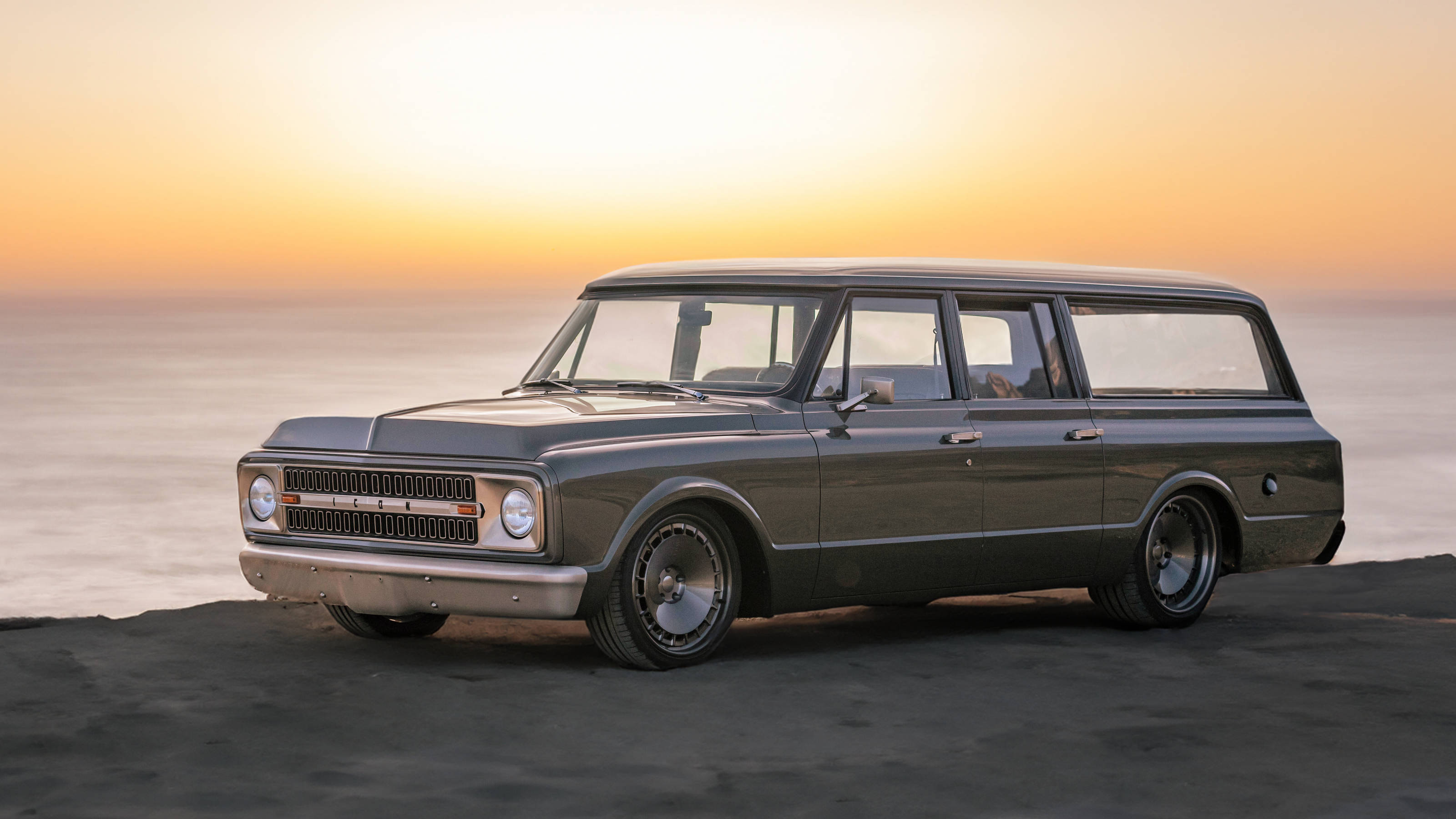 ICON transforms the humble Chevrolet Suburban into a minimalist monster
ICON transforms the humble Chevrolet Suburban into a minimalist monsterThe 1970 Reformer by ICON is low-riding reinterpretation of an old-school crossover, blending extreme custom performance with Miesian minimalism